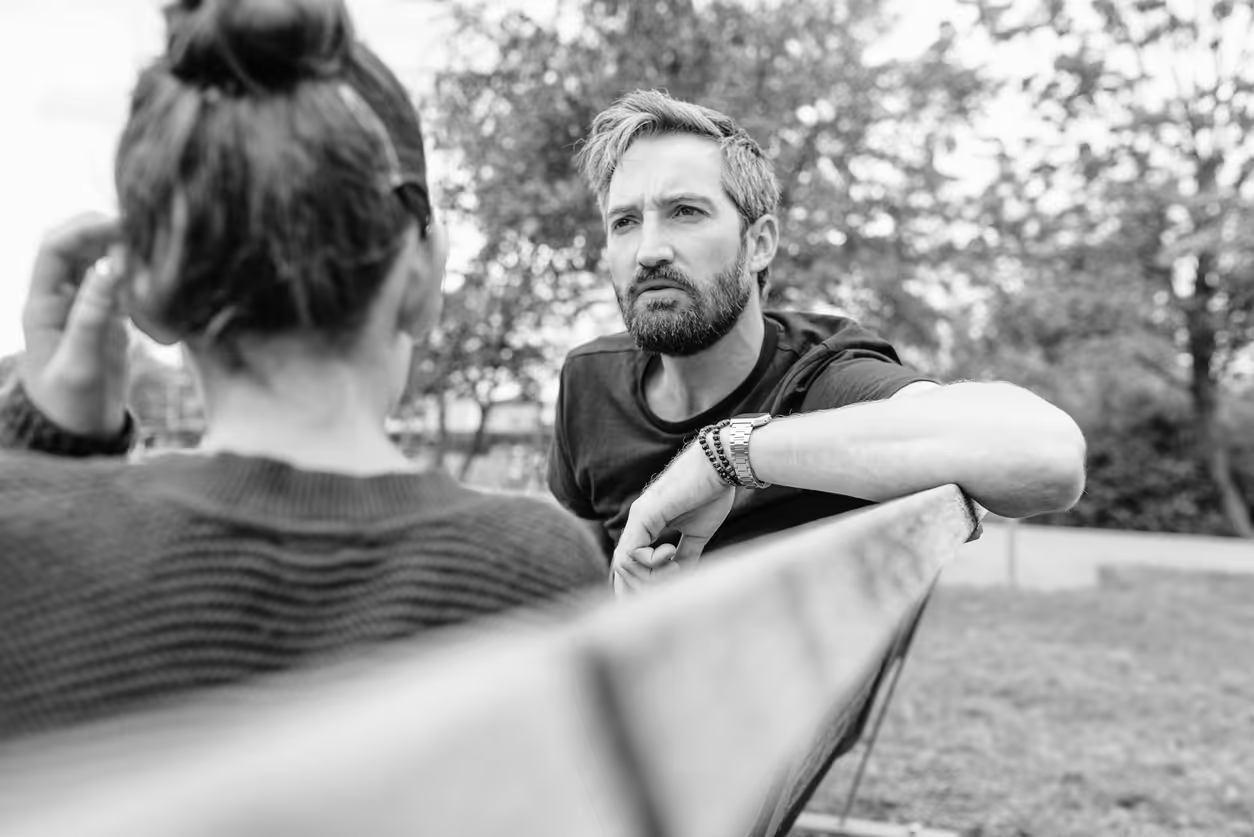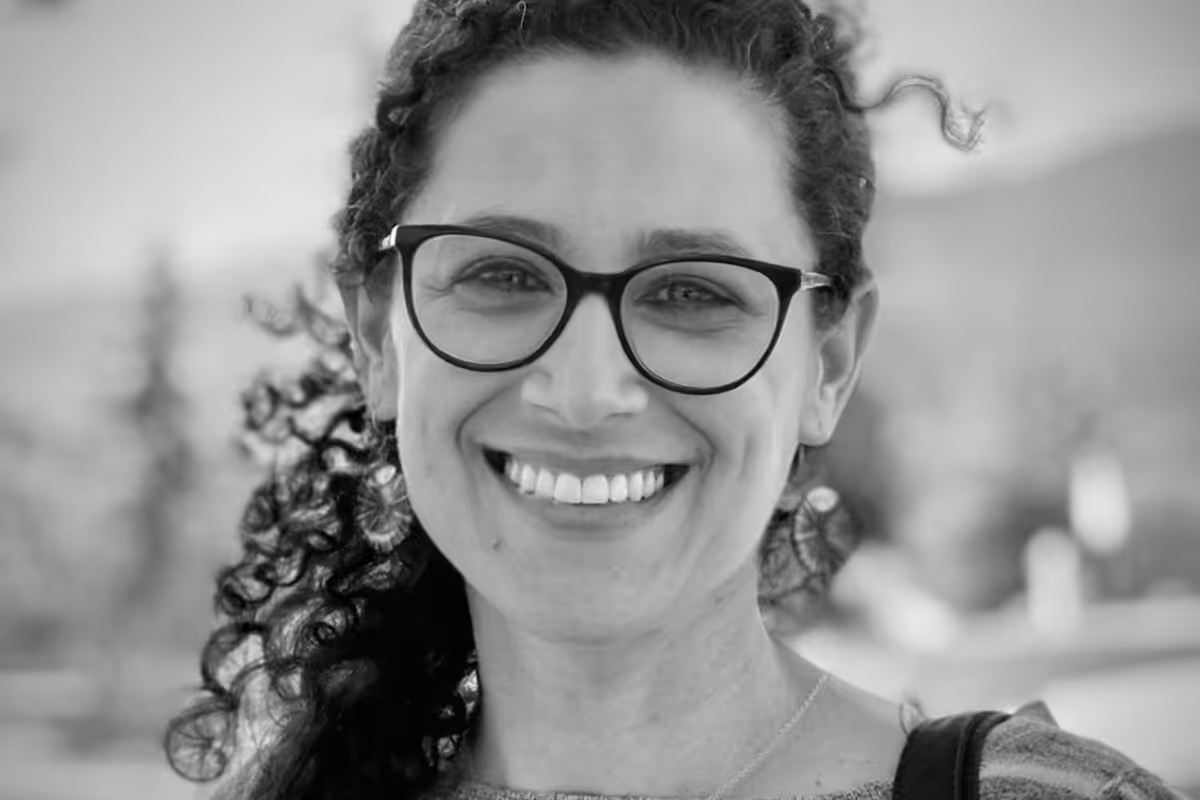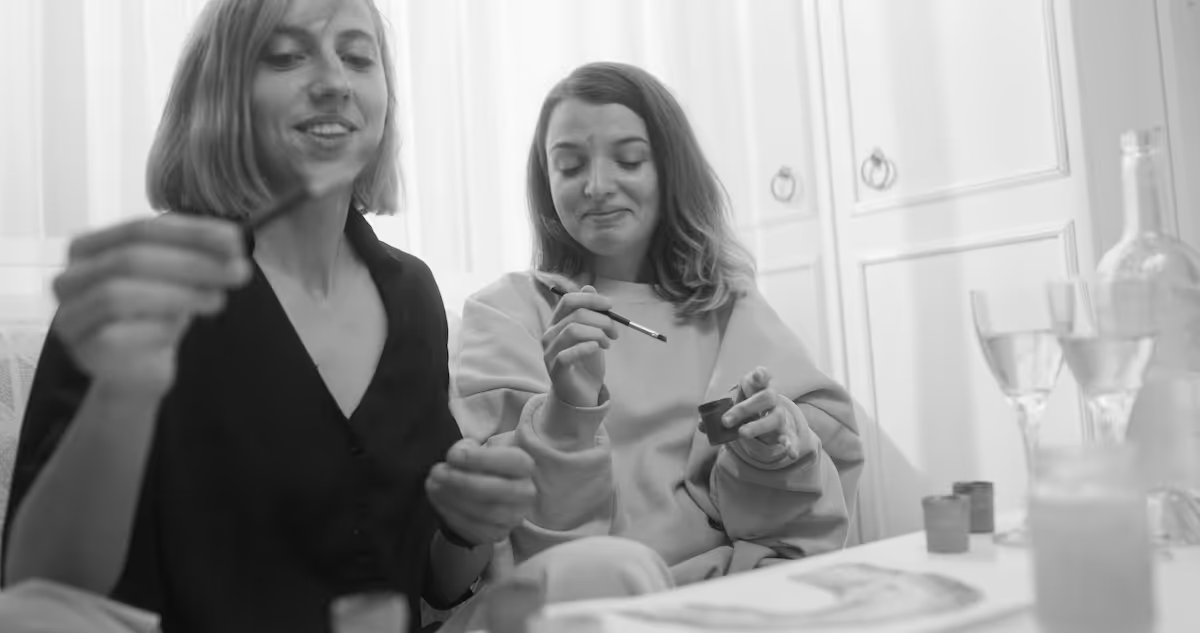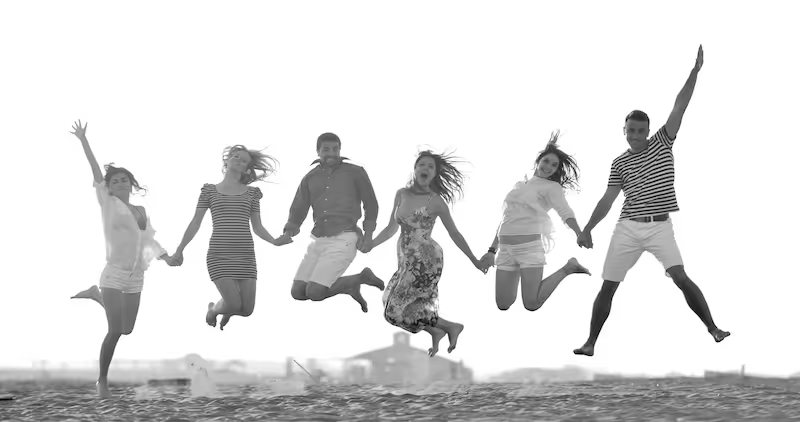Blog
Together in Practice
This Is How We Show Up
This weekly therapist blog is where we share our experiences of attuning to the work and to each other, as we journey through the living practices of therapy, mentorship, and community. You’ll find notes on the questions we’re grappling with, the collaborations we’re fostering, and the insights that inform our conversations with clients, colleagues, and communities. This is your invitation to stay with what emerges, together. Acceptance criteria: Intro section on the Blog page displays exactly as written above across all devices, with no remnants of the original offensive wording.
Subscribe to Our Blog
Subscribe to our blog and get The Self-Compassion Reset & Meditation — a short guide and 3-minute audio practice to steady your nervous system and meet yourself with care.

FEATURED
Featured Articles

Where We Begin: Relational Healing in a Time of Reckoning

Why Therapists Need Therapy: Holding Space Without Losing Ourselves

Burnout, Boundaries, and Being Human: A Practice of Care from the Inside Out
ALL BLOG POSTS

Where We Begin: Relational Healing in a Time of Reckoning

The Revolution Begins in Relationship

LGBTQ-Affirming Peer Consultation: Mentorship for Therapists Supporting Trans and Queer Clients

Supporting Your Transgender Child in a Time of Fear, Change, and Uncertainty

SP-Informed Supervision and Peer Consultation: Mentorship for Therapists Exploring This Somatic Approach

Why Therapists Need Therapy: Holding Space Without Losing Ourselves

Mentorship for Therapists: Relational, Experiential, and LGBTQ-Affirming Clinical Supervision and Peer Consultation












